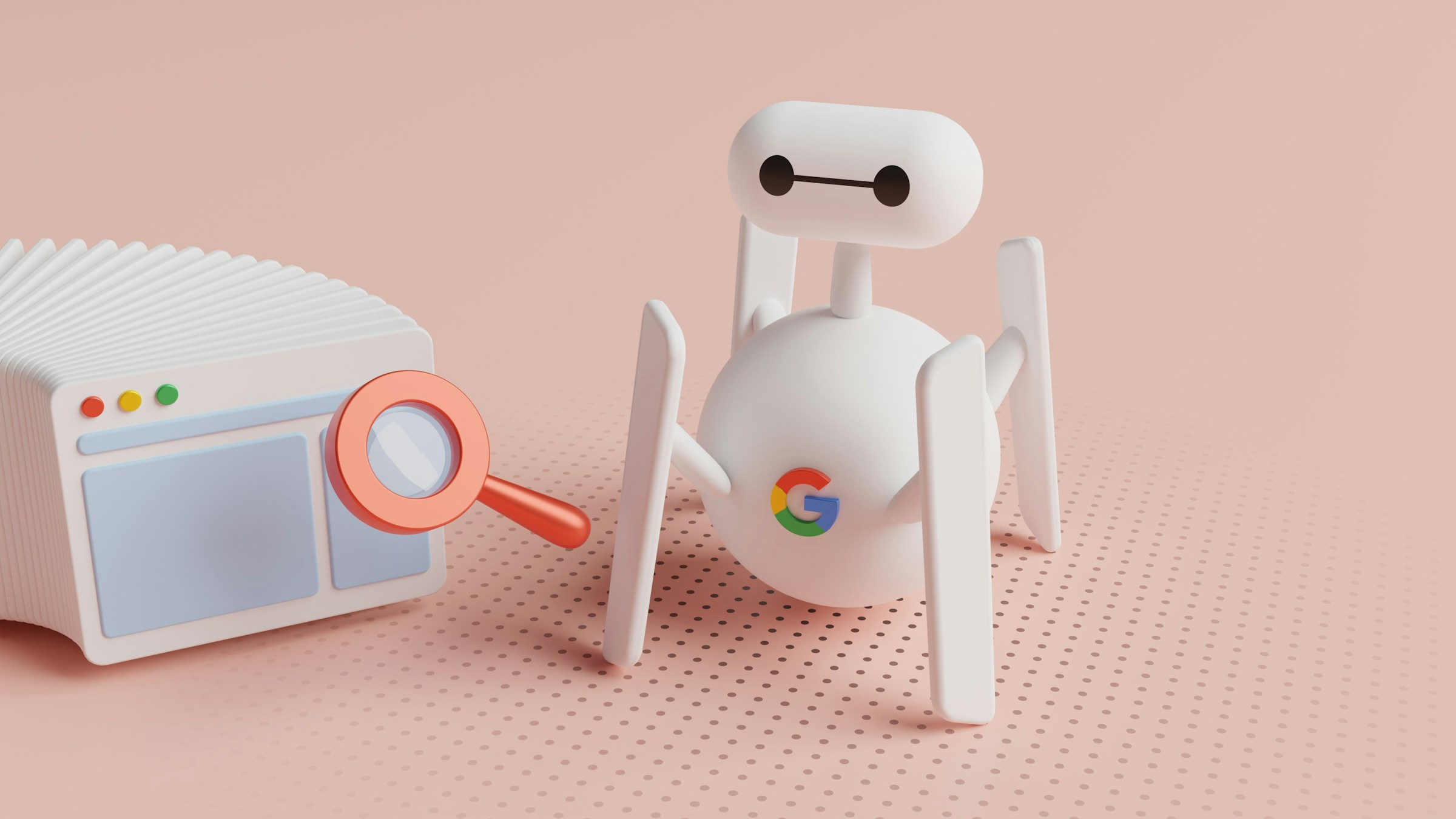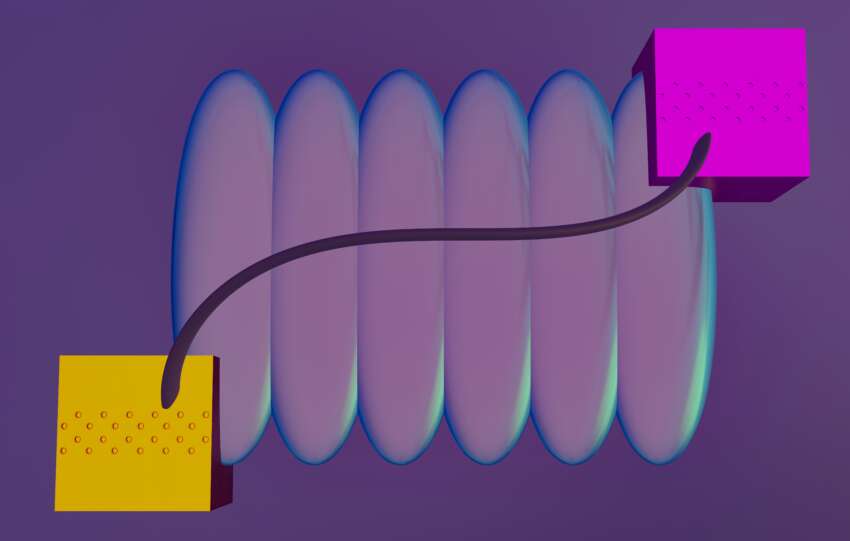Landing pages were once the crown jewel of digital marketing. Clean layouts, sharp calls to action, and tightly controlled conversion funnels made them an essential part of any campaign. But in 2025, their effectiveness is slipping. Conversions are down, bounce rates are up, and user journeys have become more fragmented than ever. The question now is: are we witnessing the death of landing pages and if so, what comes next?
To understand the future of landing pages, we first need to dissect why they dominated for so long. Then we’ll explore what’s replacing them, how brands can adapt, and what marketers must know to stay ahead in this evolving landscape.The Golden Age of Landing Pages
Landing pages surged in popularity throughout the 2010s. They offered a single purpose, distraction free environment to convert visitors into leads or customers. With clean UX, targeted messaging, and analytics friendly design, they were the go-to method for product launches, webinar signups, and email capture forms. Tools like Unbounce, Instapage, and Leadpages flourished. Marketers could spin up A/B tests in minutes, tweak CTAs in real time, and analyze heatmaps to refine the experience. This simplicity was part of their brilliance. But it also became their limitation.Why Landing Pages Are Losing Impact
1. User Expectations Have Changed
Today’s users expect more than static content. A simple headline, a button, and a form no longer cut it. Visitors expect dynamic content that responds to their context, behaviors, and preferences. Personalization isn’t a bonus anymore, it’s the baseline.2. The Rise of Omnichannel Journeys
Landing pages were built for linear journeys. But users now hop between touchpoints social posts, chatbots, newsletters, videos, and apps before converting. Forrester reports that the average B2B buyer now interacts with at least 27 pieces of content before making a decision. This complexity renders traditional landing pages too siloed and static.3. AI and Automation Are Redefining Content Delivery
Platforms like Mutiny and Jarvis are ushering in a new era of realtime content adaptation. AI-driven personalization engines adjust headlines, images, and offers on the fly based on visitor data. This goes far beyond the A/B tests of the past. It renders static pages obsolete.“Landing pages aren’t dead—they’ve just evolved into something unrecognizable. Personalization at scale has rewritten the rulebook.” Robert Smith
What’s Replacing the Traditional Landing Page?
1. Adaptive Microsites
Instead of single-focus landing pages, marketers are now building modular microsites. These adapt to the user’s journey, showing different blocks depending on traffic source, referral intent, or on-site behavior. Think of them as live content hubs that reconfigure themselves in real time.2. Conversational Interfaces
Chat-first experiences powered by Drift, Intercom, and custom GPT bots are rising in popularity. They allow brands to guide users through a decision tree without requiring them to navigate multiple screens. HubSpot has seen a 30% increase in conversion rates using chatbot-first flows for demo bookings.3. Embedded CTAs and Shoppable Content
Why send a user to a landing page at all when they can convert directly inside an Instagram Story, a YouTube video, or an email? Platforms like Shopify Magic and Linkpop let users shop within social environments without redirection. Conversion now happens where attention already exists.4. Predictive Product Pages
eCommerce brands are embedding machine learning into product pages to show hyper-relevant recommendations, dynamic offers, and urgency triggers based on browsing behavior. These pages act more like adaptive funnels than static showcases.Unlock Must-Read Content
Get the best stories in your inbox!
How to Rethink Your Funnel Strategy
Stop Forcing All Users Into a Single Flow
Landing pages assume a one-size-fits-all funnel. That’s no longer viable. Use customer data from your CRM or CDP to build parallel journeys. Segment by behavior, not just persona.Integrate Micro-Conversions Everywhere
From polls in Stories to inline lead captures in blog posts, look for micro-opportunities to convert. These create lower friction and fit naturally within the content journey.Measure Beyond the Page
Track full-funnel performance, not just page-level analytics. Tools like Mixpanel and Heap let you measure user journeys across channels and sessions, helping you pinpoint drop-off zones and optimize paths in context.“A future-proof conversion strategy isn’t built on isolated pages, but on orchestrated journeys across the customer lifecycle.” Robert Smith
Landing Pages Aren’t Dead, But Their Role Has Changed
We’re not burying landing pages. We’re redefining their role. In some scenarios—like time-sensitive promotions or ultra-targeted PPC—they still perform. But the era of static, standalone pages as the center of digital campaigns is fading fast.The Future of Landing Pages Is Contextual, Dynamic, and Invisible
The new frontier is real-time, user-driven experiences. It’s content that adapts to context. CTAs embedded within stories. Product showcases personalized to behavior. Journeys that span multiple screens and devices. This is the marketing evolution we’re in now. Marketers who cling to old formulas will be left behind. Those who experiment with adaptive content, conversational design, and micro-conversions will thrive.Where to Go From Here
- Audit your current funnels. Identify which parts still rely on static pages.
- Experiment with AI personalization platforms like Mutiny or Intellimize.
- Shift budget to dynamic content, chat-first design, and embedded CTAs.
- Use tools like VWO or Convert to test multi-path user journeys instead of A/B pages.
- Set up tracking that captures journey-level insights, not just session-level metrics.




